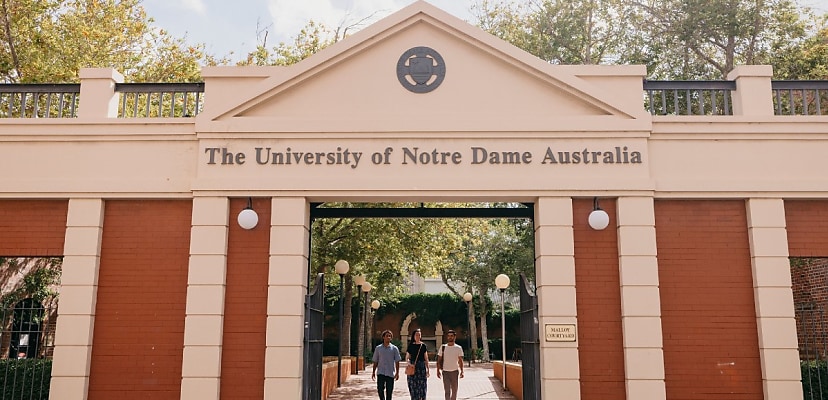Share this article on:
Powered by MOMENTUMMEDIA
Breaking news and updates daily.
As the University of Notre Dame Australia continues to struggle to recover from a ransomware attack, Darren Guccione of Keeper Security says these threats are not going away any time soon.

The beginning of a new semester is always a rough time as students and teachers grapple with new teaching schedules and first-time enrolments.
When you’re still recovering from a disruptive ransomware attack, that problem becomes even more challenging.
Sadly, that’s the lesson currently being learned by the University of Notre Dame Australia in the wake of an attack by the Fog ransomware gang.
“Within a university system, everything is very integrated, and we rely on the ways that when we feed applications into a system, that automates the way we can get enrolments in and we can get timetables in and get people into classrooms,” associate deputy vice chancellor of academics Renee Kohler-Ryan told ABC Radio Perth last week.
“It’s not that we can’t do that right now, but what we have to rely on are manual processes of taking in information and putting it where it needs to be and doing it securely.
“Effectively, what it means at our end is that we’re not using some of our systems until they’ve been diagnosed fully and securely released.”
However, according to one expert, the nature of the data held by schools and universities makes them a prime target for cyber attacks.
“The cyber attack on the University of Notre Dame Australia is a high-profile reminder that educational institutions are prime targets for cyber criminals,” Darren Guccione, CEO and co-founder of password security firm Keeper Security.
“Schools and universities house vast amounts of sensitive student and faculty data, making them lucrative targets for ransomware attacks and data breaches. Unfortunately, disruptions like these can have long-lasting impacts on students, educators and operations.”
According to Guccione, schools and universities often have weak credential control, outdated IT systems, and poor security infrastructure.
“A proactive cyber security strategy is essential – one that includes strong password management, multifactor authentication, zero-trust security frameworks and real-time monitoring for threat,” Guccione said.
Unfortunately, attacks on educational institutions are not going away, and they will likely increase – here in Australia and abroad – in line with the evolving threat landscape.
“Ransomware attacks, phishing campaigns and credential theft are all on the rise, and Australian universities must act now to secure their systems,” Guccione said.
“Investing in cyber security awareness for staff and students, alongside modern security solutions, will help these institutions stay ahead of attackers to ensure education isn’t held hostage by cyber crime.”

David Hollingworth has been writing about technology for over 20 years, and has worked for a range of print and online titles in his career. He is enjoying getting to grips with cyber security, especially when it lets him talk about Lego.
Be the first to hear the latest developments in the cyber industry.